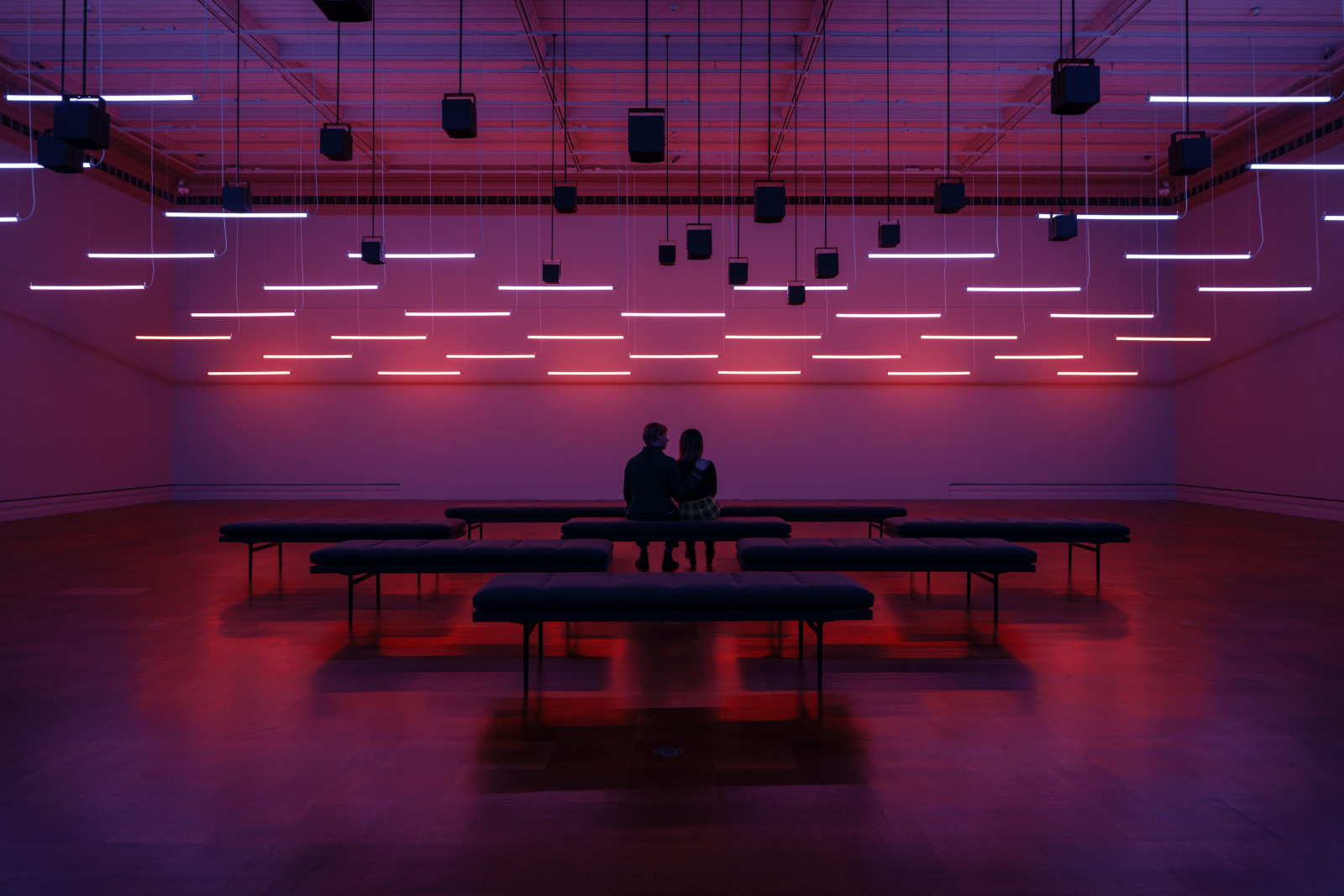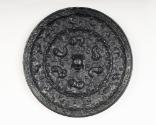Mirror with Grapevines, Birds, and Animals
Mirror with Grapevines, Birds, and Animals
Place of OriginChina
DateTang Dynasty (618-907)
Dimensionsoverall: 5 7/8 in. (14.9 cm)
MediumBronze
ClassificationMetalwork
Credit LinePurchased with funds from the Libbey Endowment, Gift of Edward Drummond Libbey
Object number
1949.165
Not on View
DescriptionThis is a circular, cast bronze mirror. The reverse side is decorated in relief with a dense composition of animals and grape vines. A cast, raised ring is visible halfway between the central boss and the outer rim. The central boss, used for handling, was cast as an integral part of the mirror rather than being drilled after casting. The mirror's surface is of exceptionally high quality, a result of a sophisticated Tang casting process.
Label TextMirrors of highly polished bronze were often placed in tombs, suspended over the body with the reflecting side down. Representing the sun, mirrors became symbols of the cosmos, while the animals, birds, and grapevines on their reverse sides were images of the natural world. This mirror belongs to a type known in Japanese as "Kaiju-budo-kyo" (Sea-beast Grape Mirror). This style was mass-produced during the Tang Dynasty and reflects the period's cosmopolitanism, synthesizing Chinese, Persian, Central Asian, and potentially Sogdian artistic influences. The grape motif, introduced from West Asia, symbolized prosperity, while the lion motif (common on this type) was a symbol of royal authority adopted from Persia and India. Recent scholarship has linked the emergence of this design to the introduction of Manichaeism by Sogdian traders along the Silk Road in the late 7th century.Tang Dynasty (618-907)
about 1785 (Frame about 1820)
about 1785 (Frame about 1820)
750-650 BCE
Probably second quarter of the 1st century
about 320 BCE
6th to early 7th century

Membership
Become a TMA member today
Support TMA
Help support the TMA mission














